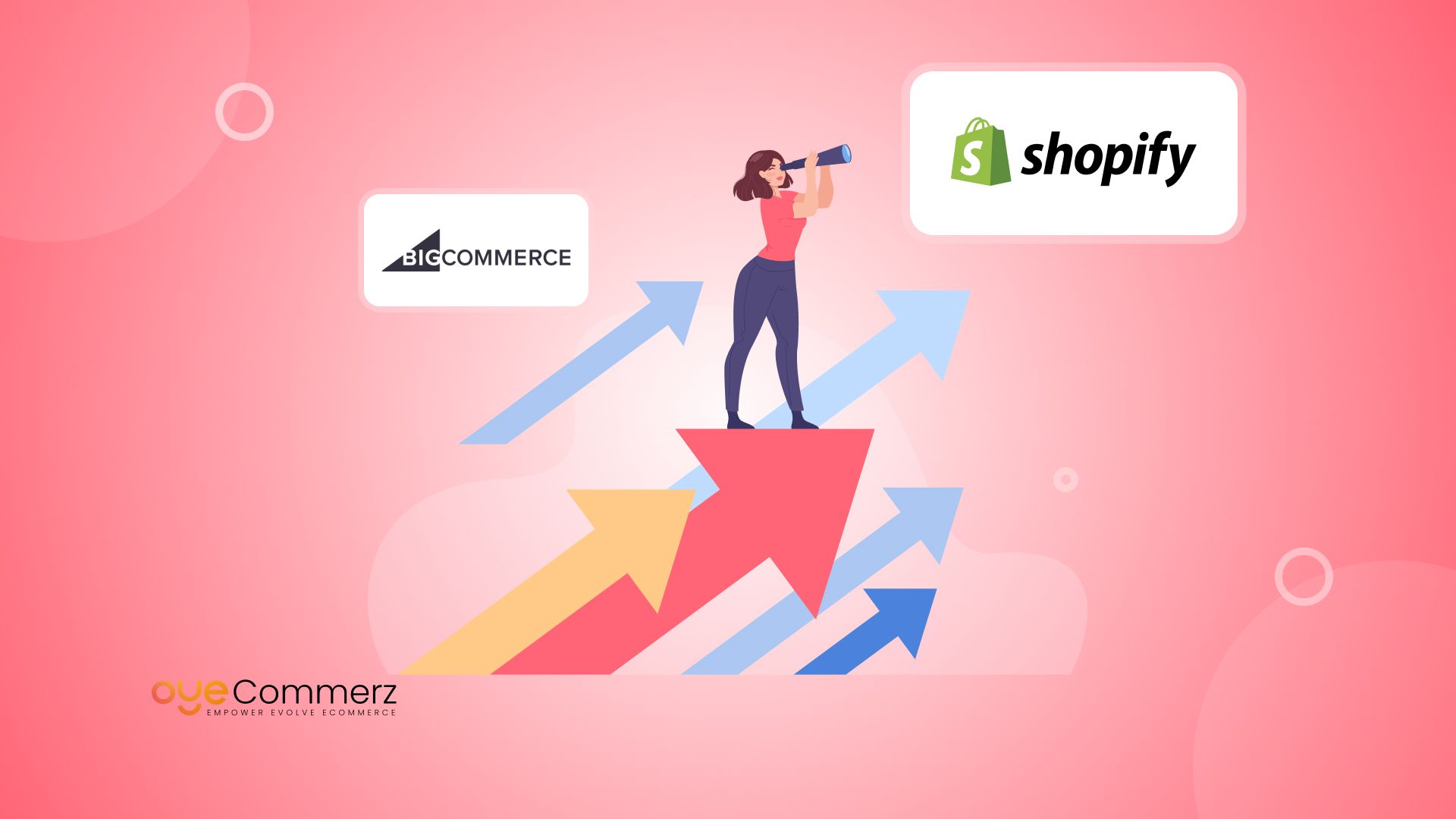In the current digital landscape, selecting the right e-commerce solution is essential for enterprise growth. If you're presently utilizing Wix but are considering a switch to Shopify, you're not alone. Numerous companies are transitioning to Shopify to take advantage of its robust capabilities, scalability, and dedicated e-commerce tools. This article will outline the migration process, ensuring a smooth move and preparing you for e-commerce achievement.
Why Migrate from Wix to Shopify?
Before diving into the migration process, it's essential to recognize why Shopify might be a better choice for your e-commerce requirements:
- E-commerce Focus: Unlike Wix, which caters to various use cases, Shopify is engineered exclusively for e-commerce, providing sophisticated features and functionalities optimized for online selling.
- Scalability: As your business grows, Shopify can seamlessly handle higher visitor volumes and sales volume without sacrificing efficiency.
- Wide-ranging App Ecosystem: Shopify provides a vast collection of apps that can enhance your store's functionality, from advertising solutions to inventory management options.
- Search Engine Optimization: Shopify provides better SEO tools, which can assist in improving your store’s presence on Google and others.
- Transaction Methods: With multiple transaction platforms supported, including Shopify Payments, you can provide customers a wide range of options.
Preparing for Transition
To ensure a smooth transition from Wix to Shopify, adhere to these preparation guidelines:
1. Save Your Information
Export all your data from Wix, including product details, user data, and transaction logs. This process is crucial as it guarantees you have a copy of all data before initiating the transfer.
2. Select a Pricing Option
Evaluate the different Shopify plans offered and select one that best suits your business needs. Consider factors such as transaction fees, built-in tools, and scalability options.
3. Set Up Your Shopify Account
Create your Shopify account and familiarize yourself with the platform’s dashboard and features.
The Migration Process
Now that you're prepared, it’s time to transfer your store from Wix to Shopify. Here’s how:
1. Transfer Items
Use Shopify's integrated migration utility or third-party tools like Cart2Cart or LitExtension to transfer your items from Wix to Shopify.
Make sure that item details, pictures, Digital marketing tools costs, and variants are accurately transferred.
2. Migrate Client Information
Upload client details such as names and email addresses into your new Shopify store. This process is vital for retaining customer relationships and marketing Import products efforts.
3. Set Up Payment Gateways
Set up payment gateways in your Shopify store to ensure seamless transactions. You can select from various platforms like debit methods, PayPal, and more.
4. Personalize Your Store Design
Select a theme that reflects your business image. Customize it using Shopify's customization options to create an appealing and user-friendly store layout.
5. SEO Optimization
Implement SEO best practices during the transition process:
- Configure 301 redirects from old Wix URLs to new Shopify URLs.
- Enhance product titles, descriptions, and images with relevant keywords.
- Modify meta tags and alt texts for better search engine visibility.
After Migration Steps
Once your store is active on Shopify, follow these follow-up steps:
1. Test Your Store
Conduct comprehensive testing of your new store:
- Check item listings for accuracy.
- Test transaction methods.
- Make sure all hyperlinks work correctly.
2. Launch Marketing Campaigns
Broadcast your new store launch through email newsletters and social media channels.
Think about running special offers or discounts to attract customers.
3. Monitor Performance
Use analytics tools within Shopify to monitor sales performance and user activity.
Adjust your strategies based on performance analytics.
Conclusion
Migrating from Wix to Shopify can substantially improve your e-commerce capabilities and lay the foundation for growth and achievement. By following this guide and taking a step-by-step approach to the migration process, you can guarantee a smooth move that minimizes downtime and boosts opportunities for sales. Welcome the change and watch your online store thrive on its new platform!
